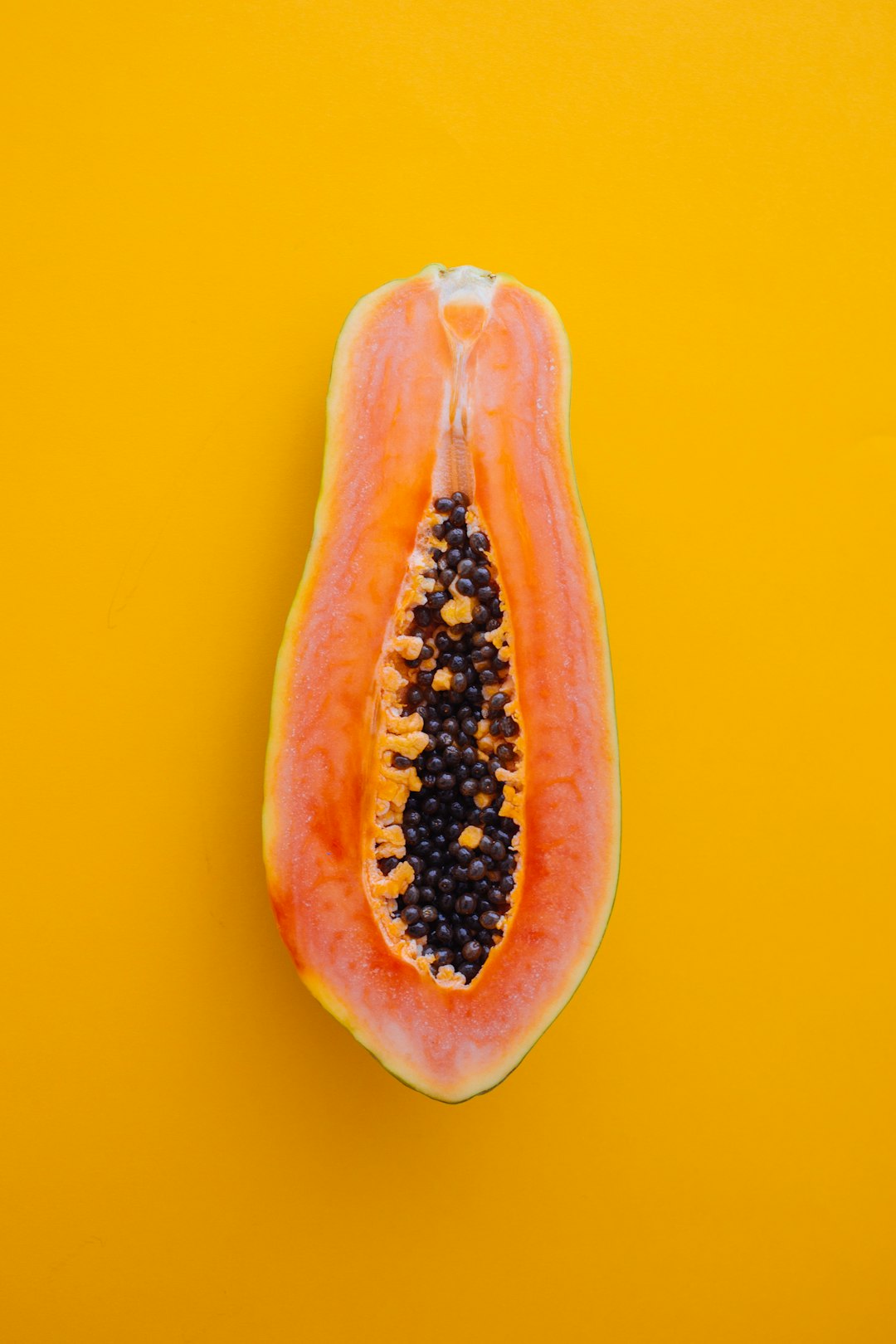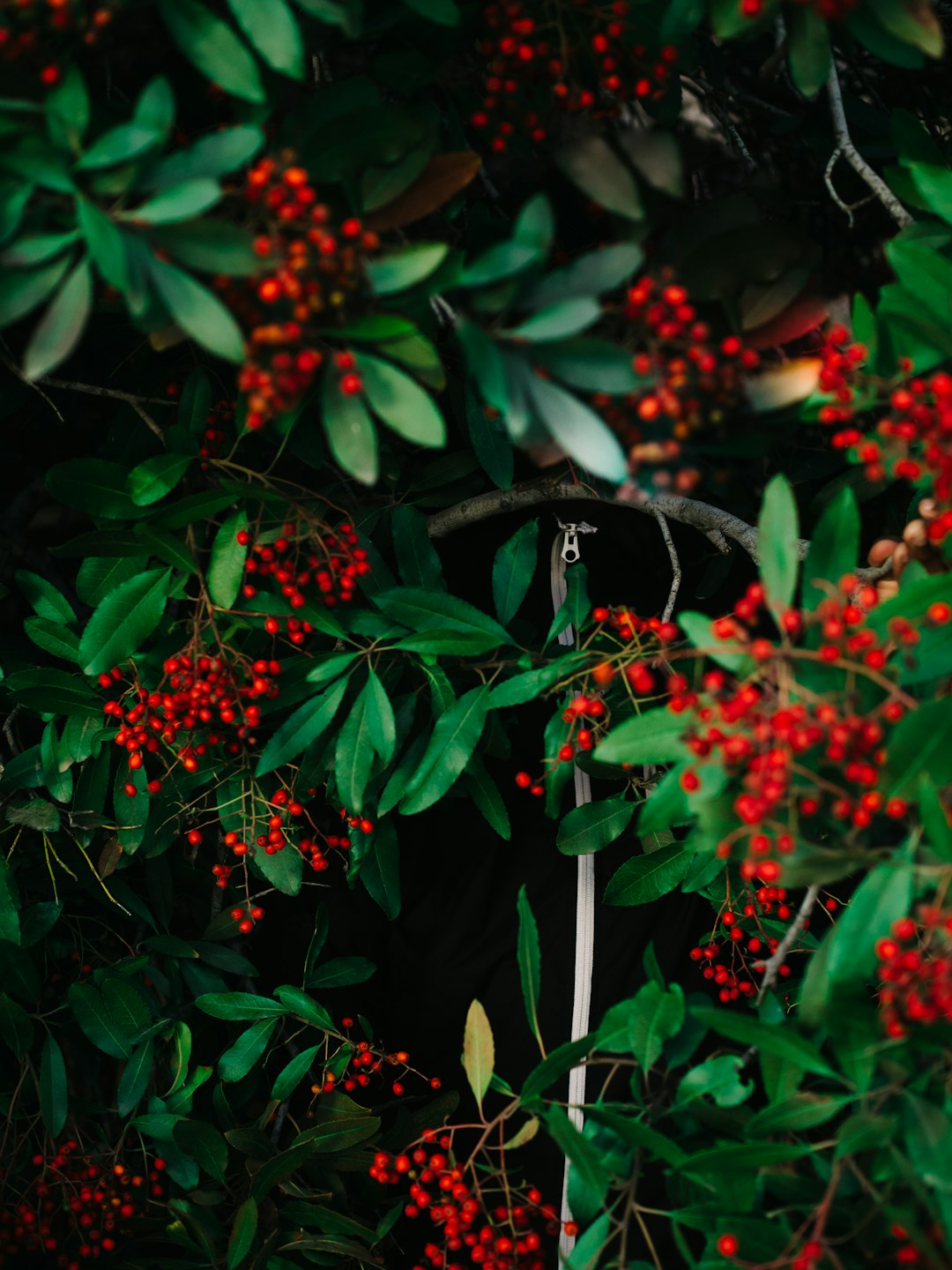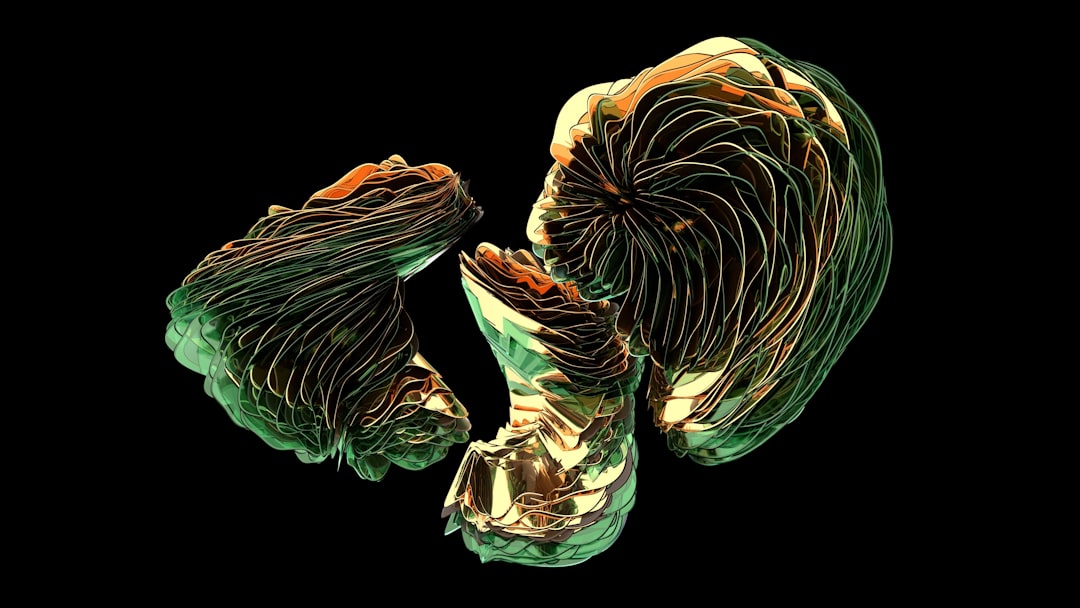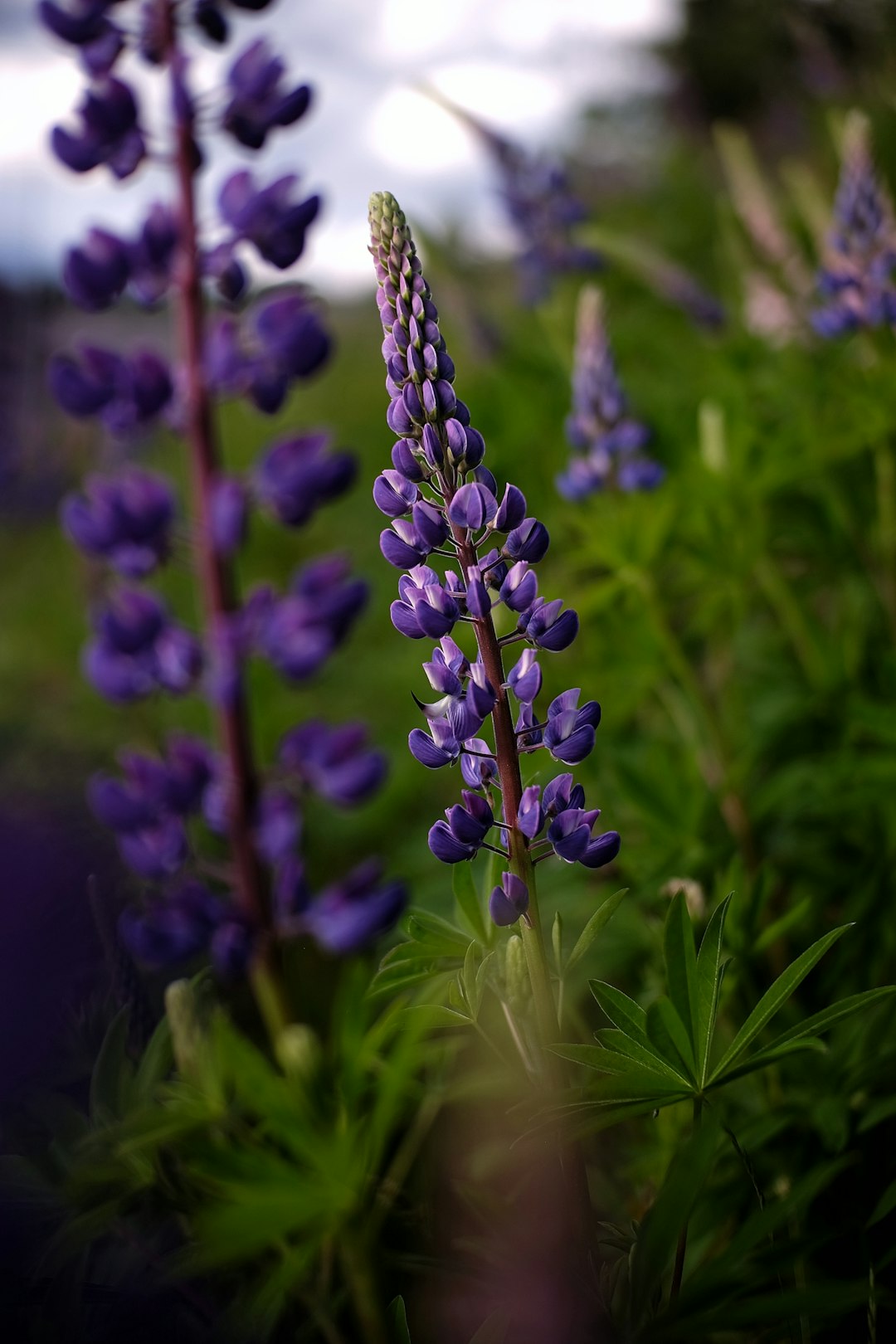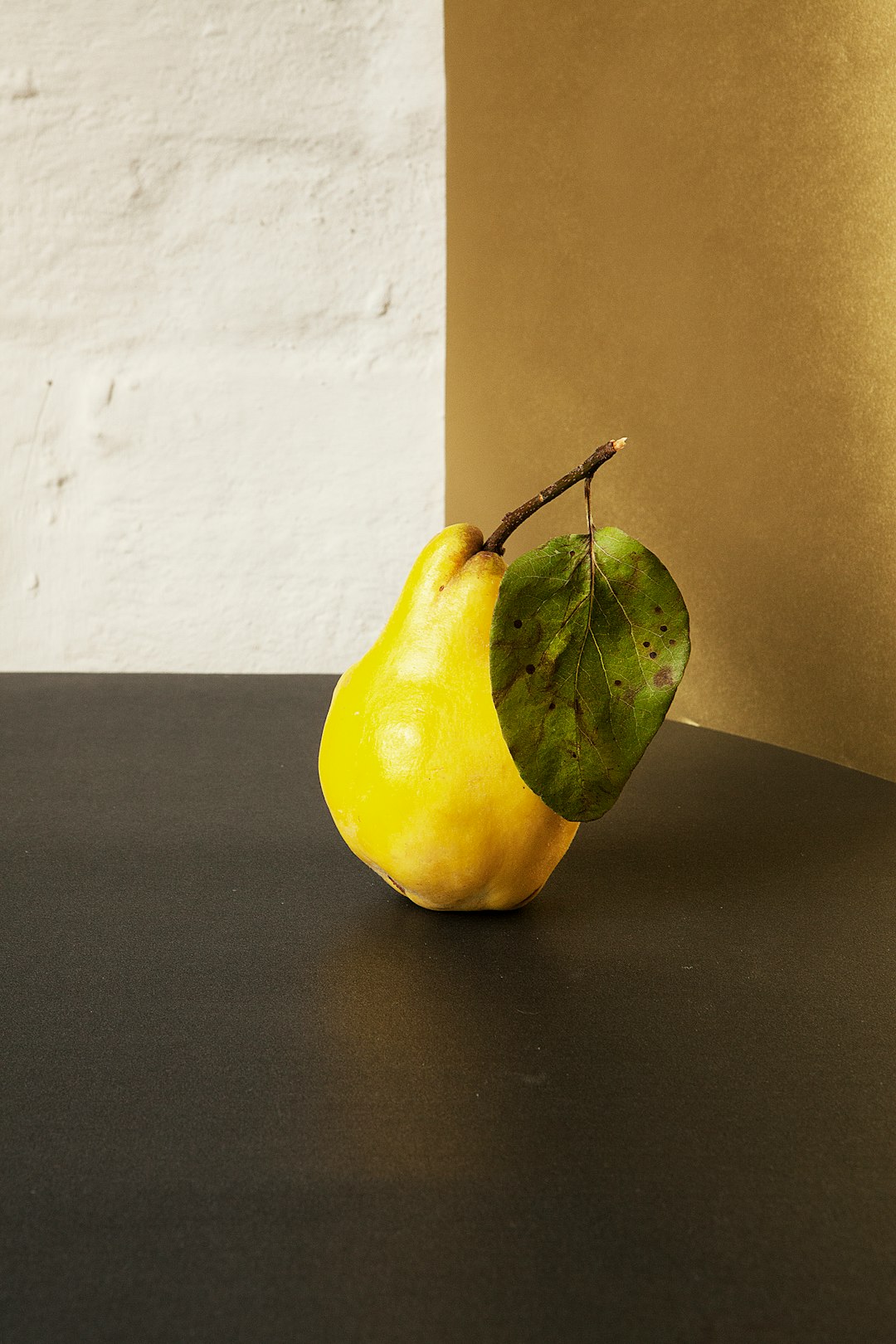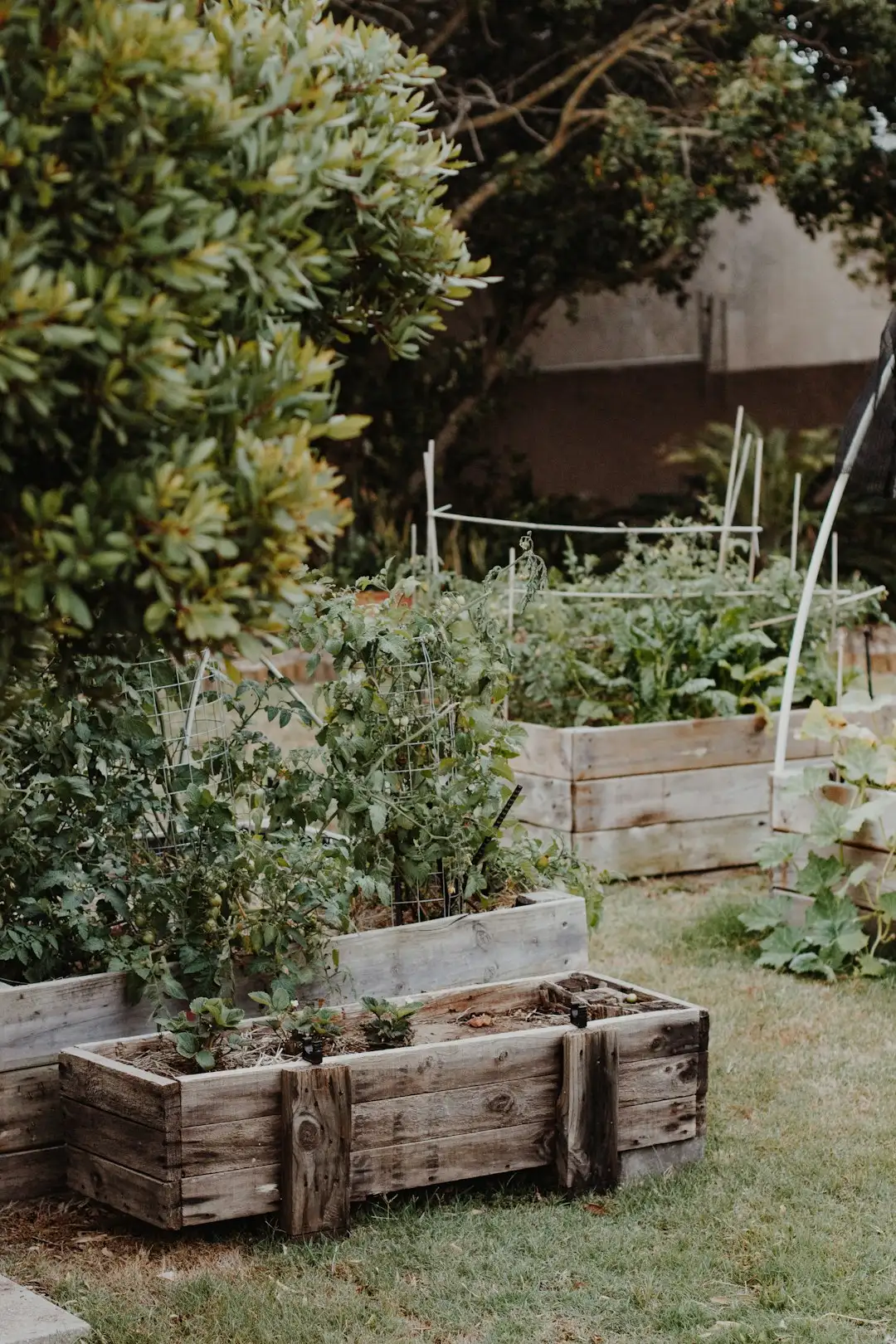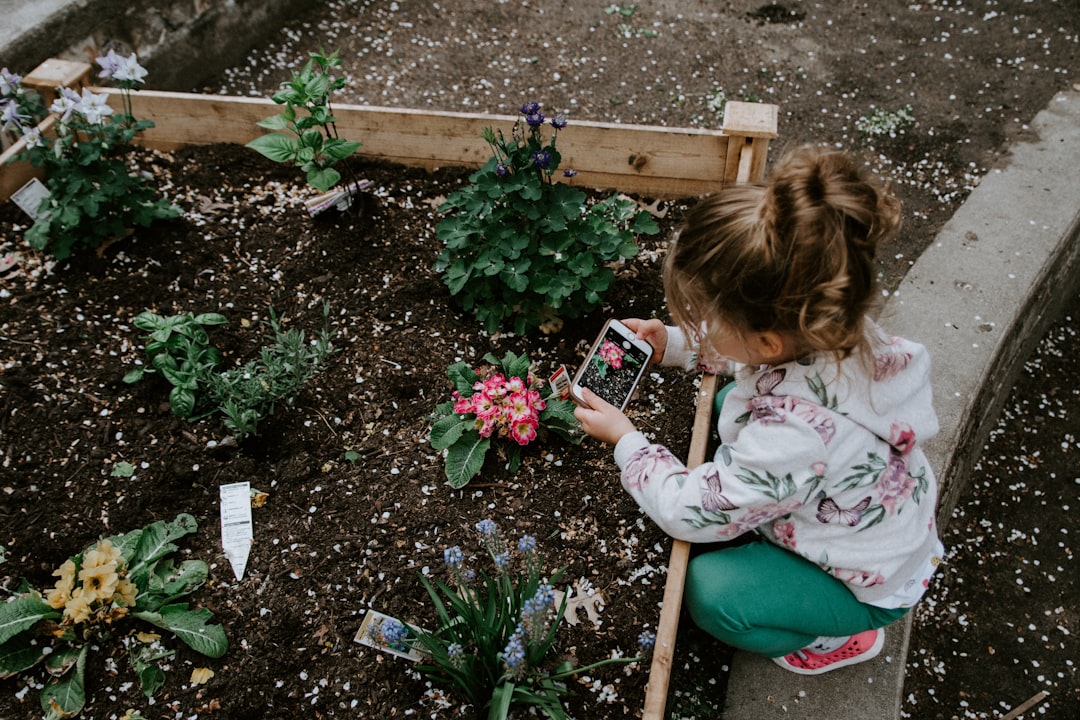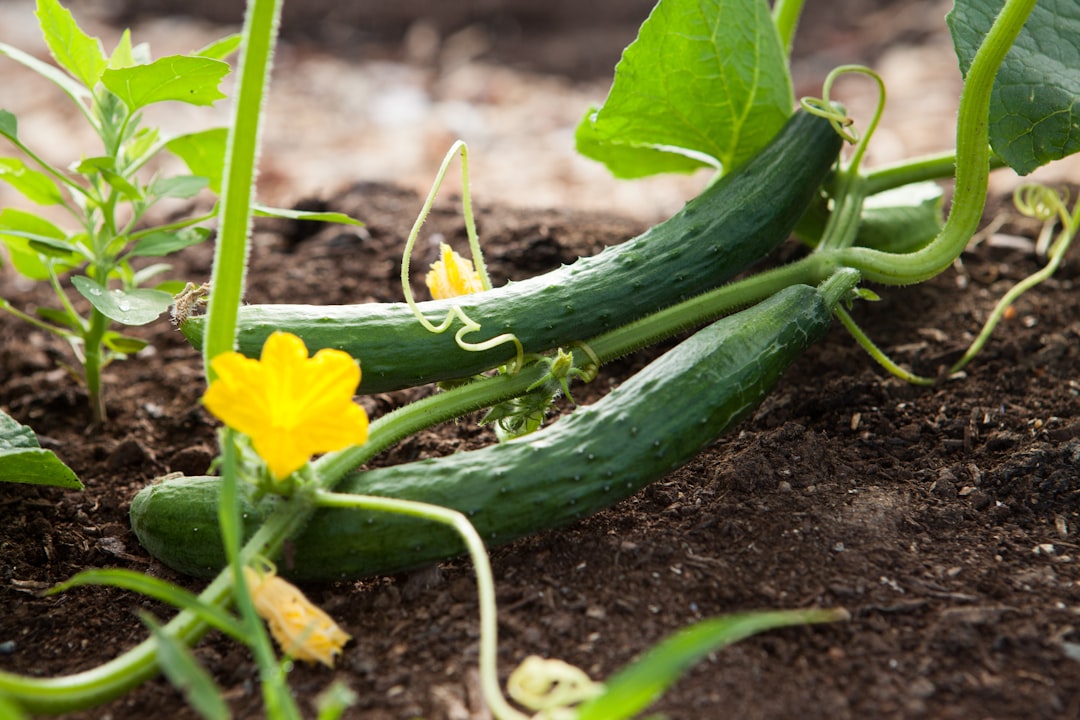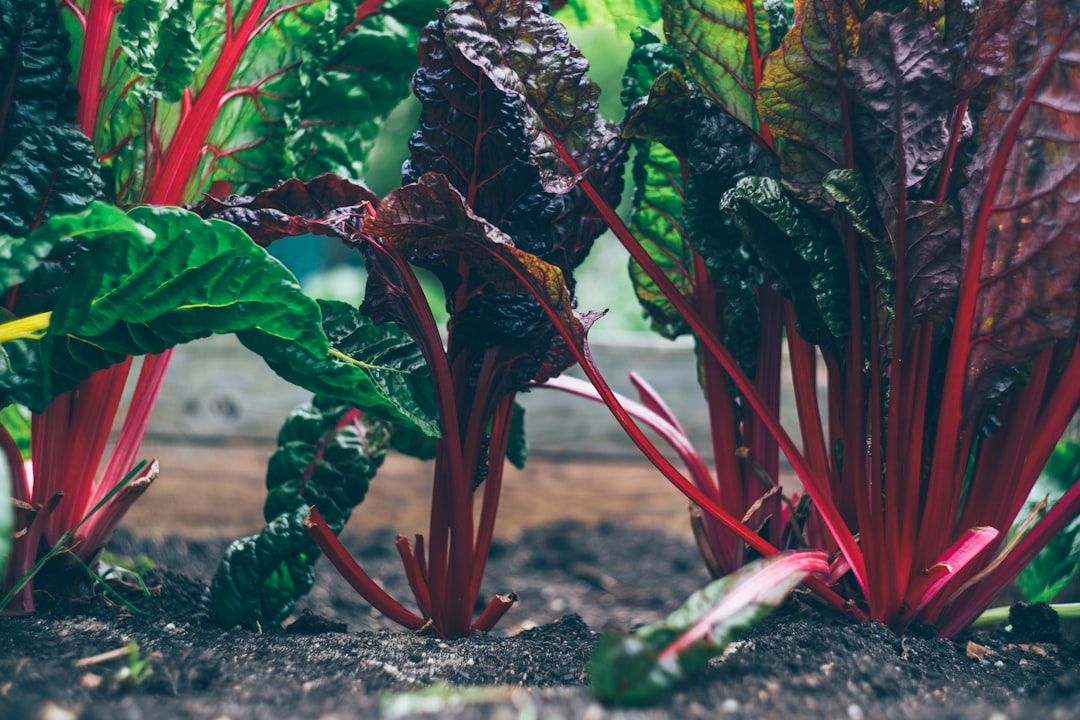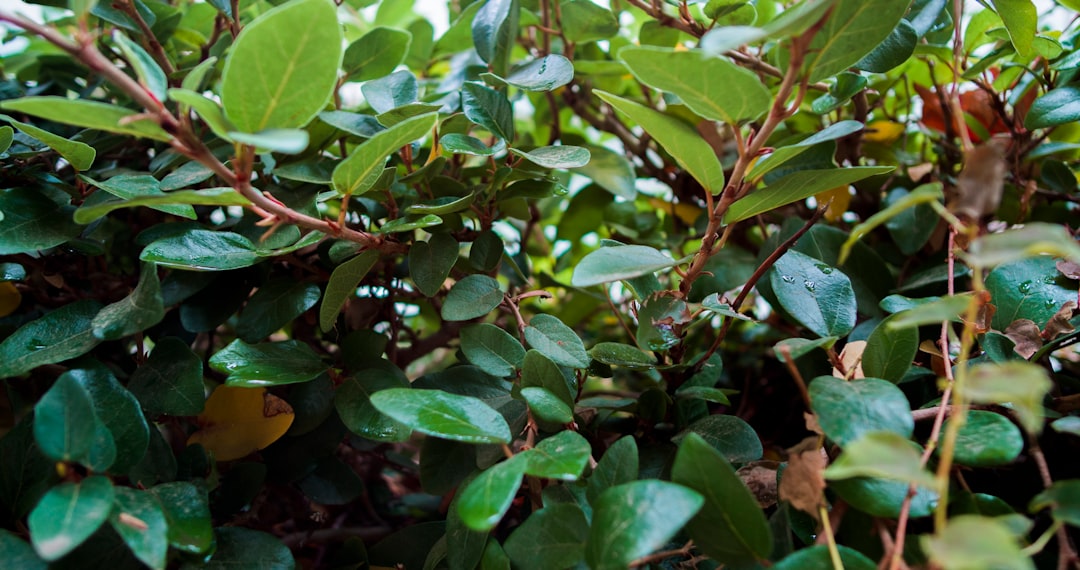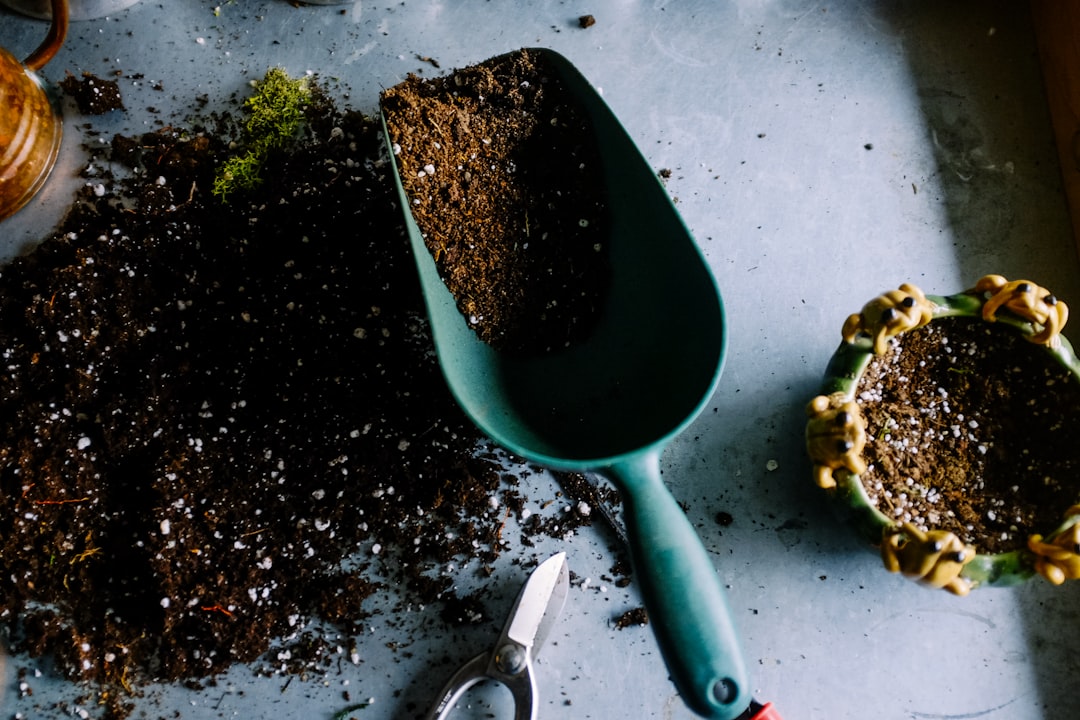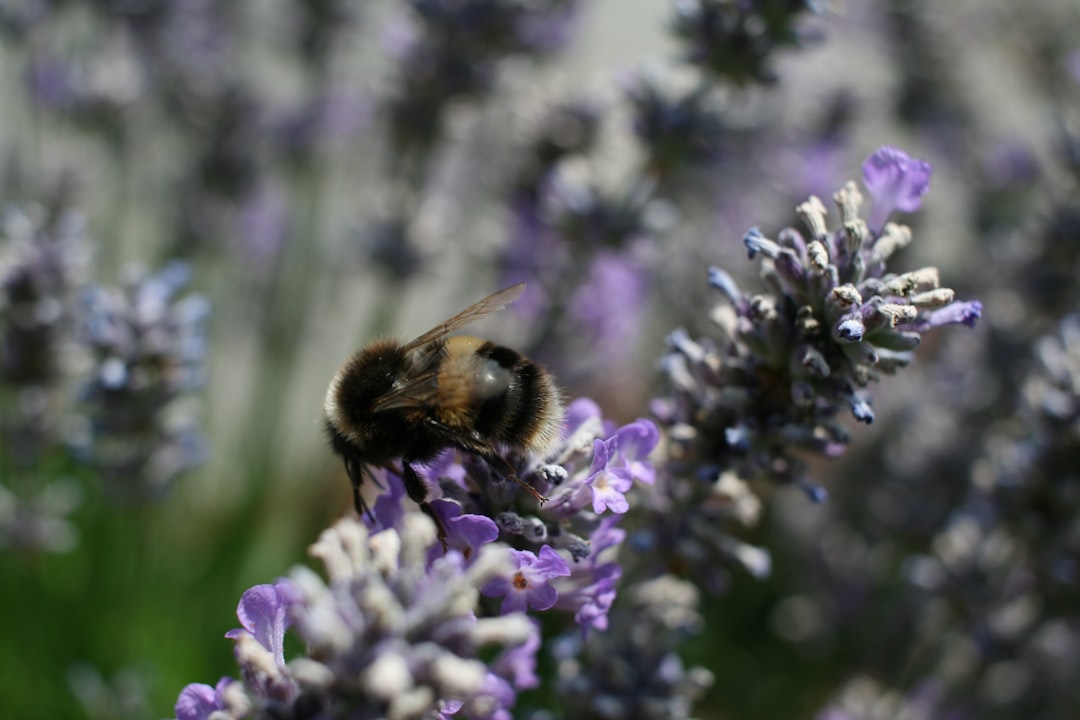
Edible gardening is a rewarding endeavor, and harvesting cabbage from your garden at the right time is crucial for a delicious and bountiful yield. In this article, we'll explore the key factors to consider when determining the optimal harvest time for different types of cabbage and learn two effective techniques for harvesting.
First, let's understand the importance of timing. Cabbage comes in various types, including green cabbage, red cabbage, and savoy cabbage. Each type has its own growth cycle and ideal harvest window. For green cabbage, it typically takes about 70 - 90 days from transplanting to reach maturity. You can tell it's ready when the heads are firm and feel heavy for their size. The outer leaves should be tightly wrapped around the head. Red cabbage, on the other hand, may take a bit longer, around 80 - 100 days. It has a more intense color and a slightly sweeter flavor when harvested at the right time. Savoy cabbage, with its crinkled leaves, is usually ready in 60 - 80 days. Its heads are looser compared to green and red cabbage, but they should still have a good amount of firmness.
To determine the exact harvest time, you can also look at the size of the cabbage head. Most varieties are ready when the head reaches a diameter of 6 - 8 inches. However, this can vary depending on the specific cultivar. Another indicator is the appearance of the outer leaves. If they start to turn yellow or show signs of wilting, it might be a sign that the cabbage is over - mature and should be harvested soon.
Now, let's move on to the two techniques for harvesting cabbage. The first technique is the cut - and - come - again method. This is suitable for cabbages that produce multiple heads or have a loose - leaf structure. To use this method, simply cut off the outer leaves as needed, starting from the bottom. Leave the inner leaves and the growing point intact. This way, the cabbage will continue to grow and produce more leaves over time. This is a great option if you want a continuous supply of fresh cabbage throughout the growing season.
The second technique is the whole - head harvest. This is the most common method for harvesting fully - formed cabbage heads. To do this, use a sharp knife or pruning shears. Cut the cabbage head at the base, as close to the soil as possible. Make sure to leave a few outer leaves attached to the head. These outer leaves will help protect the head during storage. After cutting, remove any loose or damaged leaves from the head.
Once you've harvested your cabbage, proper storage is essential to maintain its freshness. You can store cabbage in the refrigerator for up to a few weeks. Place the cabbage head in a plastic bag or wrap it in plastic wrap to prevent it from drying out. If you have a large harvest, you can also consider freezing or pickling the cabbage. Freezing cabbage requires blanching it first to preserve its texture and flavor. Pickling is a great way to add a tangy and delicious twist to your cabbage, and it can extend its shelf life for months.
In conclusion, harvesting cabbage from your garden is a combination of art and science. By understanding the different types of cabbage, their growth cycles, and using the right harvesting techniques, you can enjoy a delicious and healthy supply of this versatile vegetable. So, get out there in your garden, keep an eye on your cabbage plants, and harvest them at the perfect time for the best results.
New








